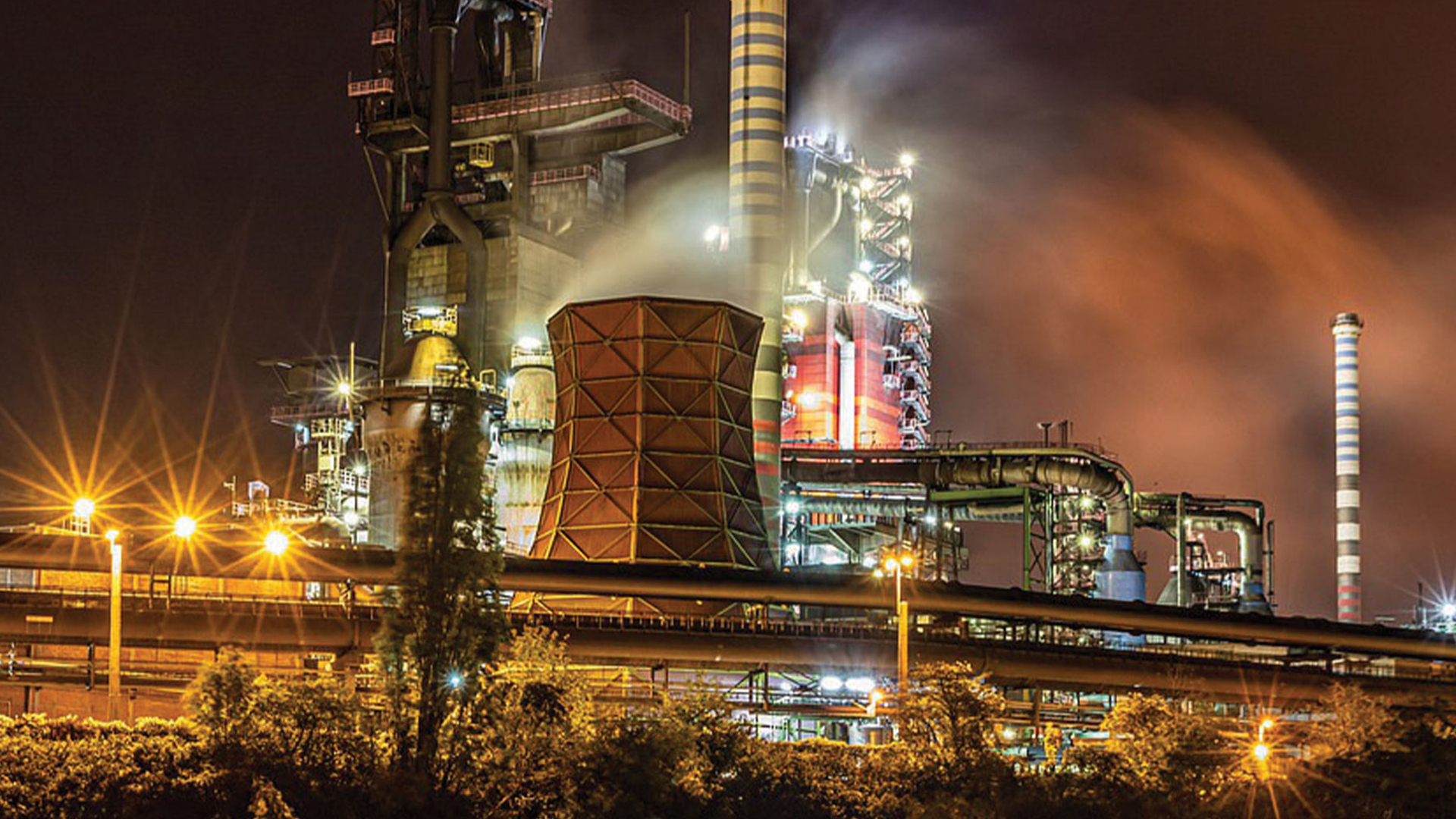Problem
Soothsayer Analytics, a provider of custom artificial intelligence solutions, has a Fortune 100 client that manufactures steel, pig iron and other raw materials that are combined through a series of processes with the desired result of transforming the pig iron into a specific steel grade. At many of the intermediate stages of this process, the operator’s goal is to satisfy a variety of sometimes competing constraints, including the temperature of the infrastructure, the throughput of material and the quality of the product leaving the process.
When the process finishes, a sample is taken, and the chemical abundance can be measured at a laboratory. This process of taking a sample, transporting it to the laboratory, and measuring the chemical abundance takes an extended period of time. As a result of this delay, the operators are forced to use outdated information about the chemical abundances when making their decisions about how to optimize the process.
The goal of this project was for Soothsayer Analytics to use the historical data on chemical abundances and the measured process parameter to predict what the chemical abundance would be at present if a sample was taken and the chemical abundance could be measured instantaneously. This prediction would give the operator more timely and accurate information to make tactical decisions on how to optimize the process.
Solution
Soothsayer Analytics worked with the client to identify and prioritize the process parameters for understanding the chemical process. They built a set of complementary models that inspected the historic data in different ways to provide a data-driven determination of which approaches performed best for these predictions. They then built a comprehensive set of tests to systematically improve the performance of models and worked with the company to build a blueprint for model deployment, retraining and other logistical constraints.
Implementation
There were two challenges in this project that frequently occur in manufacturing environments where the process is being iteratively improved. The first question is how much data to include in the modeling effort. The second is whether to include atypical operation in the modeling effort.
In manufacturing environments, like in many data sets, they expected the nature and quality of the data to change over time as sensors were put in place, replaced, or upgraded. The further back in time they went in the data, the more of these changes they can expect. This causes a tradeoff because ML and AI models typically perform best with a large amount of data, however including time periods that behave differently than the current operation can negatively impact the model predictions. Using the expert’s understanding of how frequently the equipment is changed, they chose to use approximately one year of data. One implication of this choice is that they didn’t have a long enough time period to observe multiple examples of the seasonal weather patterns, which limited their ability to explore the impact of seasonal weather patterns on the process.
In addition to the lack of sufficient data, the data set also had a few months’ worth of anomalous data (data that the subject matter experts verified was atypical). This also presented a dilemma. Excluding the anomalous data in the modeling effort would likely improve the model accuracy during typical operation; however, the company wants the model to be able to operate during periods of atypical operation as well. We worked with the client to develop model architectures to overcome these challenges based on the specifics of their business logic as well as their preferences.
Outcome
At the start of the project, the company had a model in place. Soothsayer Analytics decreased the error in the model (Root Mean Squared Error) by about 30%. Soothsayer provided an outside, unbiased review of the modeling methods used and provided suggestions for improvement. Soothsayer’s more accurate model incorporated these suggestions, thus enabling the company to predict the real-time chemical abundance in their process more effectively, which will increase output and reduce waste throughout the entire process.
This more accurate model provides the operator precise, timely information to help optimize the process, which will, in turn, reduce the waste of raw materials, reduce the necessity for rework for materials later in the process, and increase the output and quality of the product, all of which will save money.
This project was the company’s first experience with AI. The use of AI to solve a problem roused a lot of interest in Industry 4.0 technology and got the company thinking about how to setup and start using and maintaining the technology in their systems.
Soothsayer’s model also helped the operators make more informed decisions about how best to run their process, thus enabling them to do their jobs more effectively.

